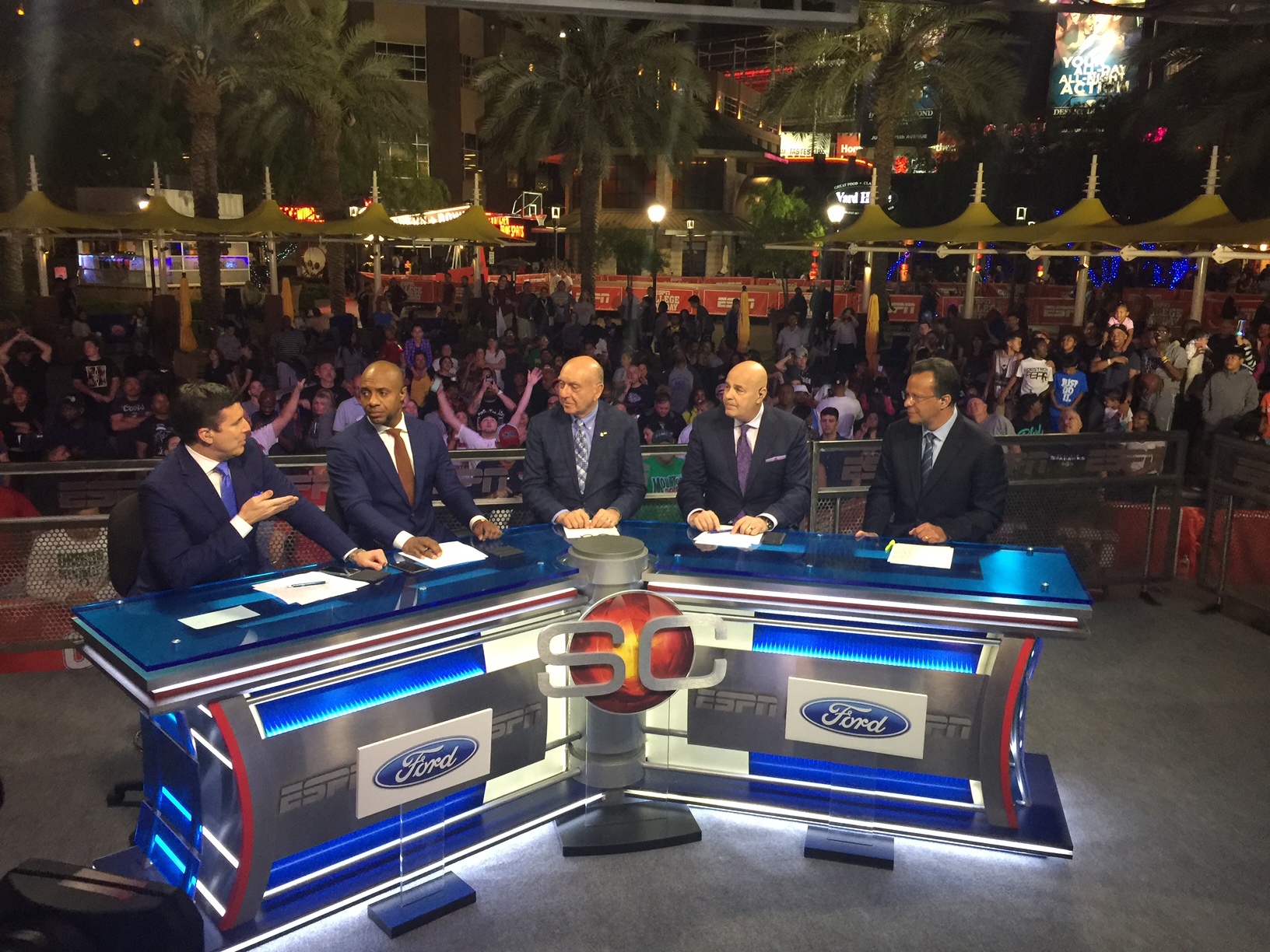There are very few elements of live television that have as profound an effect as lighting does. Get it right, and you are adding a whole new dimension to the action taking place in front of the camera, get it wrong and everything is ruined.
Great lighting enhances the mood, focuses the viewer’s attention, and enables the audience to clearly see what the director wants them to see. It also controls the quality, color temperature, and intensity of the broadcast image, making it one of the most powerful elements of any television broadcast.
To ensure that live television lighting is on point and ready to handle anything that happens on set, the lighting needs to be carefully planned and executed just so.
Here are some of the ways in which a highly skilled Lighting Director and his team ensure that live television lighting really works.
Finding The Right Type Of Lighting
Studio lighting is not actually much brighter than the lamps and pendants you would find in your own home. It is, however, light years apart when it comes to quality. Quartz lamps, Fresnel lenses, and LED lights are the most common types of light found in a studio environment or on an outside broadcast.
Quartz lenses are the most traditional type of lighting used in production work, and while they produce perfect illumination, they can also get very hot and use a lot of electricity. LED lights, however, are a more recent addition to every Lighting Directors powerful inventory, and work just as well, but without the high temperatures and extreme power usage
The Use Of Spotlights
Fresnel lenses are used to convert a small amount of bright light on to one particular area of the set. They can be remotely controlled to alter the direction and the intensity of the beam. Used to focus the attention of the viewer on one area of the picture, spotlights can lead the viewing experience away from other events happening in front of the camera.
Eliminating Shadows
Bright lights create shadows that can completely wipe out areas of the set. The trick to creating effective lighting is to find a way to reduce these shadows. Lighting Directors use a technique called “diffusion” to diminish light that may otherwise be too bright and overpowering on the set. Diffusion is created by shading the light with a translucent or opaque fabric, made from heat-resistant material that won’t melt or catch fire due to long exposure and close proximity to powerful studio lighting.
Reflecting The Light
A “scoop” is a tool that is used to reflect the light. Reflected lights create a soft glow that casts its light over a general area. Often used for background and standard set lights, these concave pieces can also be used with colored lenses and filters to create more subtle and flattering lighting effects.
Measuring The Light
Lighting meters are used to ensure that all of those lights and accessories don’t overwhelm the camera equipment of the action taking place. Light meters assess the light intensity in one particular area that is on-camera so that the light technicians can make changes were necessary.
When your subject is the focal point of your live broadcast, they need to ensure the foreground lights are brighter than the background lights. Light metering tells the operators how the lights are affecting the overall appearance on camera.
Controlling The Light
Using remote DMX consoles, highly skilled lighting technicians can change the mood and look of the action in front of the camera with just the click of a button. On a film set, the lighting team will usually have a lighting plan to follow, in live TV, however, situations arise that cannot be pre-planned.
Frank Gatto & Associates provide lighting solutions for live television events for some of the biggest names in the industry, including HBO, ABC, ESPN, CBS, NBC, Fox, Showtime, Telemundo, and Univision.
If you would like to find out more about the services we provide, call us today at 561-368-0101.
Frank Gatto & Associates, Inc. are specialists in lighting for television events of all kinds. If you have an event that needs expert lighting, please call us today to see how we can help.
Phone: 561-368-0101
Email: frank@frankgattolighting.com
We can be found on Social Media at the following links.

